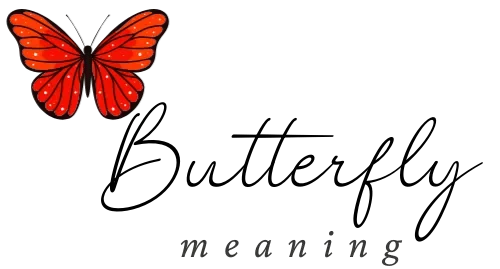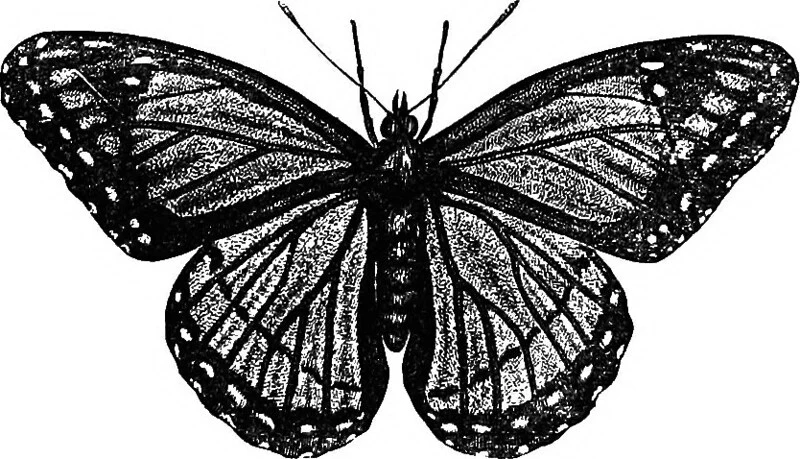“The butterfly is nature’s way of reminding us that change is inevitable, but so is beauty.”
– Unknown
Among the many designs that have gained popularity, the semicolon butterfly tattoo stands out, mainly for its deep connection to mental health awareness and personal change. This tattoo isn’t just a piece of body art; it’s a symbol of flexibility, hope, and the strength to continue a story that might have faced noteworthy challenges. Understanding the meaning behind this tattoo provides insight into its powerful symbolism and cultural significance.
The Semicolon Symbol
“The butterfly is a symbol of hope, transformation, and new beginnings.”
– Unknown
Origins and Purpose
The semicolon is a punctuation mark that shows a pause between two related but independent clauses. In writing, it means that the sentence is not over, and there is more to come.
This simple mark has been taken on as a powerful symbol in the mental health community, largely due to the efforts of Project Semicolon, a nonprofit organization dedicated to raising awareness about mental health issues such as depression, self-harm, suicide, and addiction. The semicolon symbolizes the choice to continue one’s story despite difficulties, symbolizing elasticity, hope, and the decision to keep moving forward.
Cultural Impact
Since its adoption by Project Semicolon, the semicolon has become a global logo for mental health awareness. It represents the ongoing battle many face with their mental health, reminding them that their story is not over. Celebrities like Selena Gomez have brought further visibility to this symbol, wearing it as a tattoo to show unity with those struggling with mental health issues. The semicolon, though simple in its appearance, has become a thoughtful statement of support and awareness in the fight against mental health stigma.
The Butterfly Symbol
“Butterflies are like whispers from nature, gently reminding us to appreciate the beauty around us.”
– Unknown
Symbolism and Significance
The butterfly is a universally recognized symbol of transformation and metamorphosis. Emerging from a cocoon, the butterfly’s journey from a caterpillar to a winged creature symbolizes personal growth and the beauty of change. This transformation represents the idea that, like the butterfly, individuals can undergo noteworthy changes, emerging stronger and more beautiful after overcoming life’s challenges.
Cultural Interpretations
Throughout history, butterflies have been respected in many cultures as symbols of rebirth, renewal, and the soul’s journey. In many traditions, butterflies are seen as messengers of the gods or as representations of the soul’s finding. Butterfly tattoos, therefore, carry these rich cultural meanings, over and over again symbolizing personal growth, transformation, and the journey toward a new, rational self.
The Combined Symbolism of the Semicolon Butterfly Tattoo
“The butterfly is a messenger of change, transformation, and the impermanence of life.”
– Unknown
The Power of Resilience and Renewal
When the semicolon and butterfly are combined in a tattoo design, they create a powerful symbol of elasticity, hope, and renewal. This tattoo represents the wearer’s journey through mental health struggles, such as depression, self-harm, suicide, and addiction. It signifies that, like the semicolon, the story isn’t over, and like the butterfly, there is a possibility for transformation and a new beginning.
Personal Growth and Continuation
The semicolon butterfly tattoo also embodies the concept of personal growth and the continuation of one’s story. It is a visual representation of the idea that, even in the face of grief, lack of progress, or depressive slumps, there is always a path forward.
The tattoo reminds the wearer that their journey is ongoing, and with each struggle they overcome, they grow and evolve. This symbolism is particularly ringing for those who have faced significant life changes, such as recovering from addiction or leaving a toxic relationship, and see the tattoo as a marker of their personal evolution.
Tattoo Design and Placement
“The butterfly’s flight is a dance of grace and freedom.”
– Unknown
Artistic Design Considerations
The artistic appeal of semicolon butterfly tattoos lies in their changeability and the personal meaning they convey. These tattoos can range from simple designs, where the semicolon forms the body of the butterfly, to more complex and colorful representations. The butterfly’s wings can be designed with various patterns and colors, symbolizing different aspects of the wearer’s journey. For example, lively colors might represent the beauty of life and the vibrancy of the transformation, while more passive tones could signify the challenges faced along the way.
Customization is key in these designs, as many individuals choose to include personal elements, such as initials, dates, or other meaningful symbols, into the tattoo. This personalization not only increases the tattoo’s importance but also makes it a unique expression of the wearer’s personal story.
Popular Placements
The placement of a semicolon butterfly tattoo is as important as the design itself. Common areas for this tattoo include the wrist, forearm, shoulder blade, or behind the ear. Each placement carries its own significance. For instance, a tattoo on the wrist is highly visible and can serve as a daily reminder of the wearer’s spirit, while a tattoo behind the ear is more modest, symbolizing a personal, internal journey.
The choice of placement can also affect the tattoo’s visibility to others, making it a possible conversation starter. This aspect of the tattoo is for the most part powerful, as it can lead to discussions about mental health, helping to raise awareness and reduce the stigma surrounding these issues.
Cultural and Personal Impact
“Butterflies are symbols of life, hope, and transformation.”
– Unknown
Empowerment and Solidarity
Wearing a semicolon butterfly tattoo can be an empowering experience. For many, it serves as a constant reminder of their strength and the challenges they have overcome. The tattoo can also symbolize unity with others who are facing similar struggles, creating a sense of community and shared experience. This sense of connection is specifically important in the context of mental health, where individuals often feel isolated in their struggles. The tattoo can help raise a sense of belonging and support, both for the wearer and for those who recognize its significance.
Symbolism in Specific Groups
The semicolon butterfly tattoo holds particular significance for certain groups, such as women and those in recovery.
For women, the butterfly often symbolizes femininity, beauty, and grace, while the semicolon adds an element of strength and spirit. This combination creates a powerful symbol of empowered femininity.
For those in recovery from addiction or mental health struggles, the tattoo represents the journey toward healing and the strength required to overcome personal demons. It serves as a badge of honor, symbolizing the wearer’s commitment to their ongoing recovery and personal growth.
Conclusion
The semicolon butterfly tattoo is more than just a design; it is a symbol of resilience, transformation, and hope. By combining the semicolon’s message of continuation with the butterfly’s symbolism of metamorphosis, this tattoo represents the journey of personal growth and the decision to keep moving forward despite life’s challenges. For those who wear it, the semicolon butterfly tattoo is a powerful reminder that their story is not over, and that with each new chapter, there is the potential for renewal and transformation.
This tattoo also plays a significant role in mental health awareness, serving as both a personal emblem of strength and a public statement of solidarity. Whether worn as a small, discreet design or a bold, colorful piece of art, the semicolon butterfly tattoo carries deep meaning and offers a unique way for individuals to express their journey and connect with others who share similar experiences. Through this tattoo, the wearer not only honors their past but also embraces the future with courage and resilience

